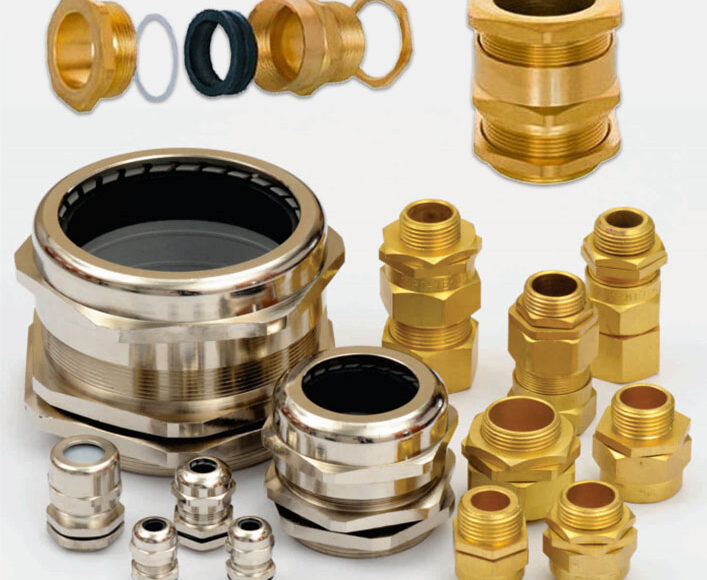
- October 5, 2021
- multimetcopper
- 0 Comments
- Cable Glands, Electrical Components
Everything You Need To Know About Cable Glands
Cable glands are typically made of metallic or non-metallic materials. These materials should be corrosion resistant according to a specific standard determined by the corrosion-resistant test. Cable glands mainly act as sealing and terminating instruments that ensure the safety of electrical appliances and equipment. Always make sure that the cable glands are suitable and approved as per the standards for the particular type of cable during its usage in a highly flammable atmosphere. However, we will discuss a few valuable pieces of information in this article regarding the use of cable glands. Hence, go through the article and get everything you need to know about Cable Glands.
What do you mean by a cable gland?
A cable gland is also known as a “Mechanical cable entry device” that stays connected to the end of an electrical cable to secure the electrical equipment attached to it from any explosive situation. In the electrical field, these cable glands are often referred to as cable connectors, cord grips, cable fittings, etc. These devices are suitable for cables with a diameter of 1 mm and 75 mm accordingly.
Always remember that it would be better to use an unarmoured cable gland for fixed installations as it does not have any risk of mechanical damage. To note down everything you need to know about Cable Glands, you should understand its usage first. Some of its utilities are as follows.
- The cable gland secures the electrical equipment from the damage of a short circuit.
- It acts as a holding force on the cable to ensure that it is getting an adequate level of resistance.
- The cable gland provides environmental protection to the cable, such as dust or water.
- It gives additional sealing protection to the cable.
- Cable glands manage the ingress protection capability at the entry point of the cable by providing additional environmental sealing.
How to select the best cable glands?
There are a few significant factors that you should consider before selecting which cable glands will be best for you.
- The size of the wire hole diameter that you need to retrieve using the cable gland.
- Whether the cable diameter is sufficient or not.
- Evaluate if the cable gland has an adequate pressure rating for your application or not.
- Then find out whether the diameter of the mounting hole is comprehensive or not.
- The dimension and depth of the gland thread metric.
- Is there any requirement for stopper plugs to close the unused cable openings?
Conclusion:
Hopefully, now you have understood everything you need to know about Cable Glands. Moreover, you can select the best cable glands for your electrical wiring with the help of the information we mentioned above.
